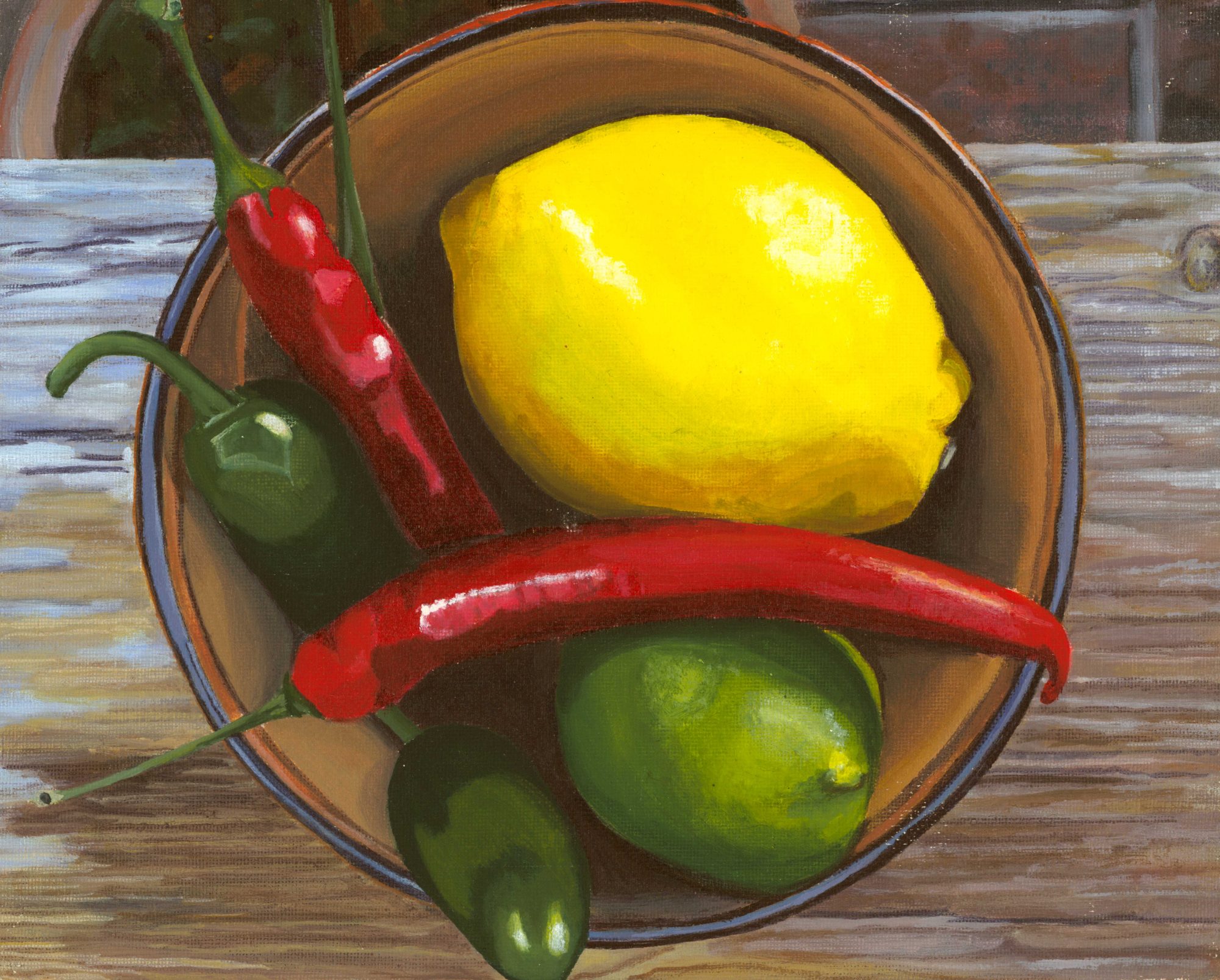We arrived late to the car boot, and most of the sellers had gone, or were packing up to go. The stragglers, still hoping to offload their old toys, outgrown clothes and ancient contents of grandads’ sheds before the rain started in earnest and they had to drag it all home again, were hopefully offering discounts.
On the end of a row, propped against a table heaped with rusty saws and shower hoses in broken boxes was a picture in a filthy broken frame with no glass in it, flapping against the mould-spotted mount in the wind.
I picked it up for closer look and got a spiel from the stall-holder: it was a study for an oil painting, it was by a member of the Royal Academy, it needed some research and they just didn’t have the time… all, some or none of which may have been true. In the end, though, I felt sorry for the state of it and they asked for seven pounds fifty, so I took it home.
It was a charcoal sketch on thin brown translucent paper, a woman and a cherub with the suggestions of some trees in a rudimentary landscape. There is very little in the way of detail, which does make me think that it might well be a working drawing or composition sketch; but the lines are clean and sure, and it is signed. The broken frame, thrown away by the people who re-framed it, had a faded gallery label from somewhere in South Kensington.
Now and then I wonder if I should do some research, send a picture to one of those internet sites that value antiques or write to one of the museums. Perhaps its mysterious origins might be revealed, the story of its fall from whatever gracious position it might once have held, uncovered.
But it has hung in my house for more than ten years now, and I’m still not tired of looking at it. It pleases me to think that I rescued it from rain and damage and neglect; and in return I own something beautiful. That’s probably enough.
